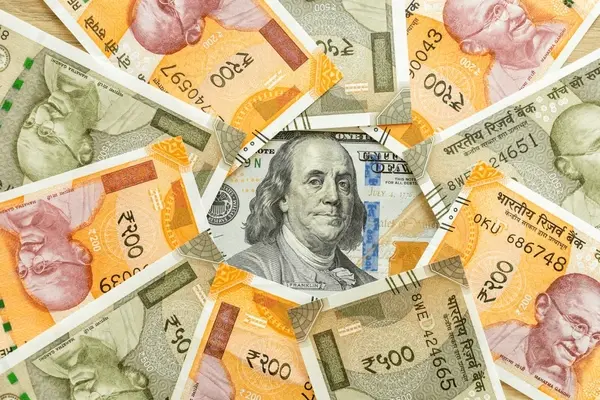A South American Common Currency: Sure About The “Sur”?
- Natalie Grimes

- Feb 5, 2023
- 3 min read
South America’s left-wing leaders Luiz Inácio “Lula” da Silva and Alberto Fernández announced on January 22nd that they have started preparation for a common currency between Argentina and Brazil. The “sur” (south) would create a union between South America’s two largest economies and could lead to the world’s second-largest currency union. Initially a bilateral agreement, the common currency will be proposed to other Latin American nations to join. If all Latin American countries were to join, this would cover around 5% of global GDP.
Common currencies have previously been proposed between the two countries. The “sur” follows the “gaucho”, previously proposed to replace the Brazilian cruzado and the Argentinian austral. However, Brazil’s central bank was not supportive of the idea, and economic chaos in 1988 quickly led to the abandonment of this bid. Now the two countries both have left-wing leaders, its backing and political support has increased again, with various other proposals of a South American digital common currency.
The two heads want to increase focus on Mercosur (the Southern Common Market trade bloc), which includes Argentina, Brazil, Paraguay and Uruguay. The aim of the currency is to boost regional trade even further from the 21% year-on-year increase to $26.4bn between Brazil and Argentina last year. However, this is not without noting that this trade is more than $40bn less than what it was 10 years ago. Additionally, the “sur” also hopes to reduce operating costs and decrease reliance on the US dollar and other currencies. US dollar dominance proved detrimental last year when its strengthening effectively exported inflation to other countries and depreciated currencies further. The common currency, which would work alongside the Brazilian real and the Argentinian peso, would hope to better protect against this and increase economic sovereignty.
For Argentina, the benefits are indisputable. Facing hyperinflation of 94.8% in 2022, the country has lost all confidence in the peso. A common currency controlled by, for example, a regional central bank would hope to increase currency confidence and economic stability again.
However, some economists have met the idea with scepticism, wary of hitching the real to the peso. It is questioned whether the two economies are similar enough: a crucial factor for the success of a common currency. Brazil has a floating exchange rate and an independent central bank, compared to the monetary guardians printing money according to the president’s requests to balance the fiscal deficit in Argentina. One of the more worrying components of the arrangement is Argentina’s hyperinflation, where the country is faced with $40bn of debt to the IMF. This contrasts with Brazil’s much lower inflation of 5.79% at the end of last year and foreign exchange reserves exceeding $300bn. This highlights the lack of economic similarity, providing potential feasibility problems with the common currency. The case of the Eurozone supports this, not only with the economic parallels between Germany and France providing stability for the euro but the detrimental consequences for an individual country in not being able to benefit from currency manipulation, as seen in Greece.
These considerations suggest that the leftist South American partners may be jumping the gun in the implementation of a common currency before considering the development of infrastructure projects and free trade agreements. However, Lula “wants to use unity in the region to increase Latin America’s geopolitical weight”. Is this political standpoint the deciding factor? And is this enough to successfully justify a common currency? It is a long way off, however only time will tell.






Comments